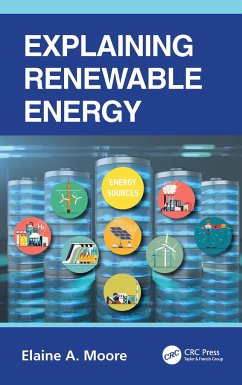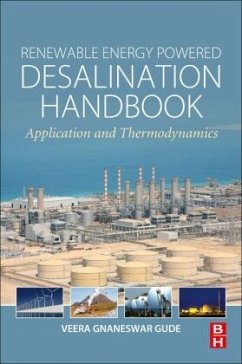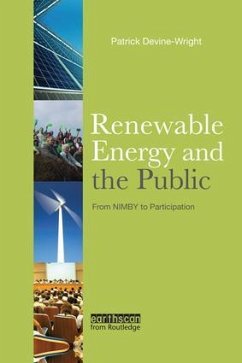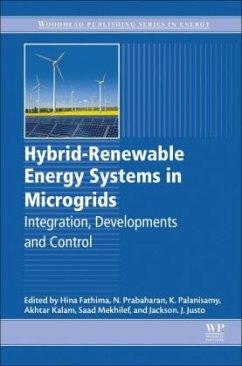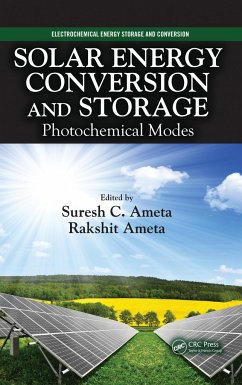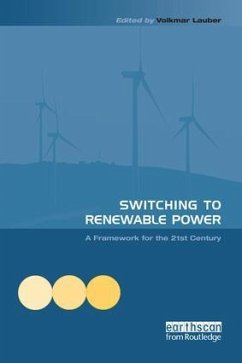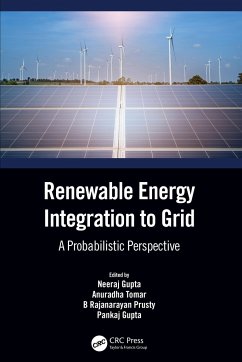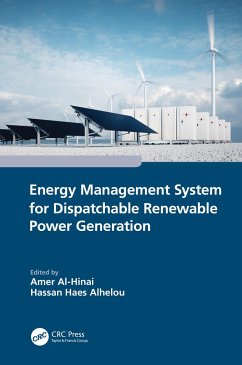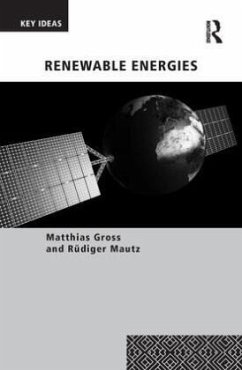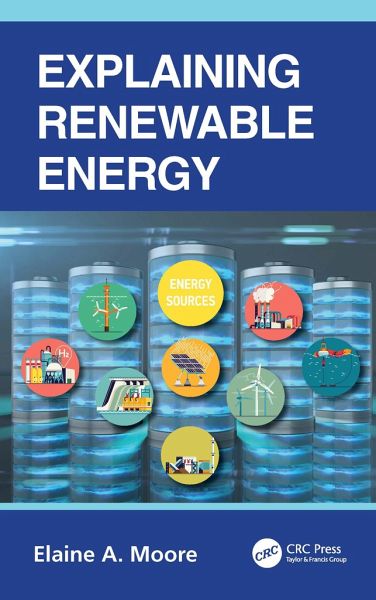
Explaining Renewable Energy
Versandkostenfrei!
Versandfertig in 1-2 Wochen
44,99 €
inkl. MwSt.
Weitere Ausgaben:

PAYBACK Punkte
22 °P sammeln!
Renewable energy is the solution to mitigation of fossil carbon emissions. Understanding the principles, advantages and challenges of renewable energy will help accelerate wider adoption of renewable energy solutions and carbon mitigation.





